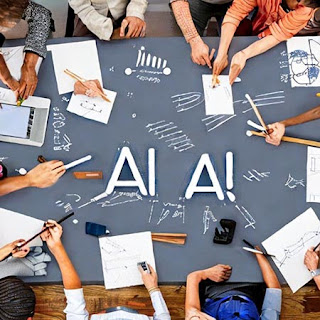When can design inquiry provide a structured approach for scientists ? Bringing design thinking into their work and enhancing their ability to create innovative products, design inquiry can breeds ( and possibly subconsciously ) incredible new product development process in raw science investigators. More where organizations can leverage the benefits of tacit knowledge and drive innovation breakthroughs can even be more plentiful. What then becomes particularly interesting is when Design and design Thinking have become increasingly encouraging in the scientific effort and as described in "Design Enquiry: Tacit Knowledge and Invention in Science" where the role of tacit knowledge and design thinking emerges via tacit efforts to incorporate skills, experiences, and know-how that are often difficult to articulate and transfer to others in the scientific community but where this type of knowledge is crucial to leading to more innovative solutions in the long run.
This is further imagined and investigated via the exploration of the relationship between tacit knowledge and design thinking in the context of new product development where Tacit knowledge as skills, know-how, and experience that are difficult to articulate and transfer to others can create a pathway for tacit knowledge to be critical and which can lead to more innovative solutions if interacted with via sometimes playful and non linear goal oriented exercises later becoming linear and specific. In fact, design thinking and its counterpart capabilities when integrated into scientific research and development efforts easily leverage and outweigh the benefits of tacit knowledge transfer only.
The efforts of the design mentality as a structured approach to incorporating design thinking into the new product development process, allows Design inquiry to provides a semi-structured method for scientists to integrate and enhancing imagination thus providing scientists and other experts with new perspectives, in for example, recent case studies where designers have been able to collaborate with scientists and make significant contributions to their research such as helping researchers understand the problem of differentiating between tube connections used to deliver medication in hospitals. When designers developed prototypes that allowed early evaluation of avant-garde solutions, this eventually led to the development of international standards for this area. In another example, graphic designers working on scientific data representation helped researchers identify new patterns in their data, leading to new clinical applications of the research. The involvement of designers in these projects has also highlighted the importance of teamwork and recognizing the expertise of all partners involved when in the beginning there was no implicit reason to even do so.
#iGNITIATE #Design #DesignThinking #DesignInnovation #IndustrialDesign #iGNITEconvergence #iGNITEprogram #DesignLeadership #LawrenceLivermoreNationalLabs #NSF #USNavy #EcoleDesPonts #Topiade #LouisVuitton #WorldRetailCongress #REUTPALA #WorldRetailCongress #OM #Fujitsu #Sharing #Swarovski #321-Contact #Bausch&Lomb #M.ONDE #SunStar









